Introduction to Eco-Friendly Green Walls for Urban Spaces
In today's fast-paced urban environments, where concrete jungles dominate the skyline, the concept of eco-friendly green walls emerges as a refreshing breath of fresh air. Imagine walking down a bustling city street, surrounded by towering buildings, and suddenly encountering a vibrant vertical garden bursting with life. This isn’t just a dream; it’s a reality that many cities around the globe are embracing. Green walls, also known as living walls or vertical gardens, are not just aesthetically pleasing; they are a powerful tool for enhancing urban sustainability and biodiversity.
These innovative structures serve multiple purposes, from improving air quality to providing thermal insulation for buildings. They act as nature’s air filters, absorbing carbon dioxide and releasing oxygen, which is essential for our health. Furthermore, green walls can significantly reduce the urban heat island effect, where city temperatures soar higher than surrounding rural areas due to human activities and infrastructure. By incorporating plants into our urban designs, we can create cooler, more pleasant environments for everyone.
But the benefits of green walls extend beyond environmental factors. They also play a crucial role in enhancing the mental well-being of urban residents. Studies have shown that exposure to greenery can reduce stress, boost mood, and even increase productivity. Just think about it: when you’re surrounded by nature, even in the form of a green wall, it’s like taking a mini-vacation in the middle of a hectic day. This connection to nature is vital for our overall health and happiness.
As we delve deeper into the world of green walls, we’ll explore their various types, the design considerations that come into play, and the essential maintenance required to keep these living structures thriving. We’ll also discuss their environmental impact and examine successful case studies from around the world. So, are you ready to discover the transformative power of eco-friendly green walls? Let’s dive in!
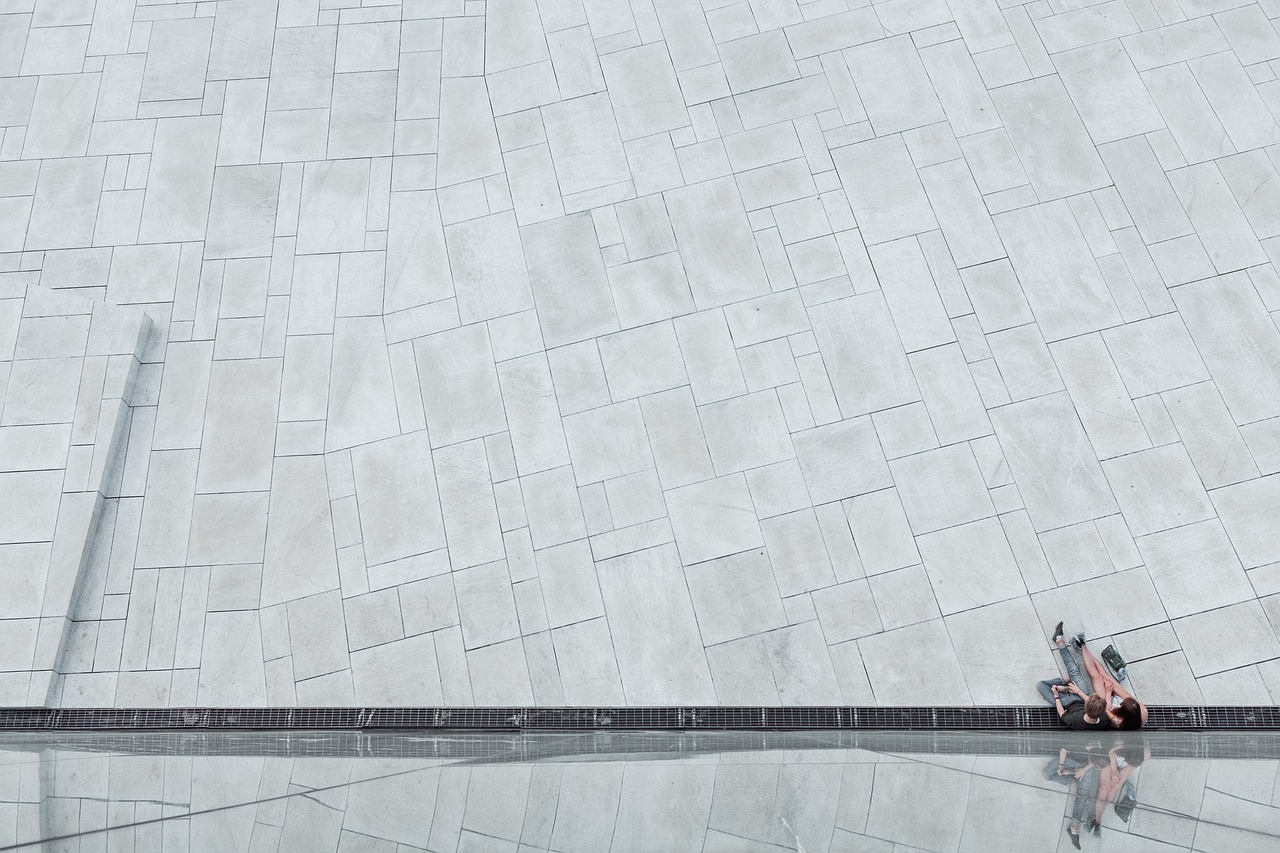
Benefits of Green Walls
Green walls are not just a pretty sight; they are a breath of fresh air in the concrete jungle of urban environments. Imagine walking down a bustling street and being greeted by a lush vertical garden instead of bland brick walls. This is where green walls come into play, providing a myriad of benefits that extend beyond mere aesthetics. One of the most significant advantages is the improvement of air quality. Plants are natural air filters; they absorb carbon dioxide and release oxygen, helping to mitigate the effects of pollution. Studies show that urban areas with green walls tend to have significantly lower levels of particulate matter and other pollutants. Isn't it amazing how a simple wall can contribute to cleaner air?
In addition to purifying the air, green walls also play a crucial role in temperature regulation. They act as insulators, keeping buildings cooler in the summer and warmer in the winter. This not only enhances the comfort of the occupants but also leads to energy savings. A well-designed green wall can reduce the need for air conditioning in hot months and heating during the colder seasons. This is especially beneficial in cities where energy consumption peaks, leading to lower utility bills for residents and businesses alike.
Moreover, green walls have a profound impact on mental well-being. Imagine stepping out onto your balcony and being surrounded by vibrant greenery. Studies have shown that exposure to nature can reduce stress, improve mood, and boost overall mental health. Urban residents often face high levels of stress due to noise, pollution, and the fast pace of city life. By integrating green walls into urban spaces, we create pockets of tranquility that can significantly enhance the quality of life.
Furthermore, these vertical gardens contribute to biodiversity in urban settings. They provide habitats for various species of birds, insects, and other wildlife, which are often displaced by urban development. By incorporating a variety of plants in green walls, we can create micro-ecosystems that support local biodiversity. This not only benefits the environment but also enriches the urban experience for residents who get to enjoy the sights and sounds of nature right outside their windows.
To summarize, the benefits of green walls are multifaceted and significant. Here’s a quick overview:
- Improved Air Quality: Natural filtration of pollutants.
- Temperature Regulation: Energy savings through insulation.
- Mental Well-Being: Stress reduction and improved mood.
- Biodiversity Enhancement: Habitat creation for various species.
These advantages make green walls an essential component of sustainable urban design. They not only beautify our cities but also contribute to a healthier, more vibrant urban ecosystem. As we continue to face environmental challenges, embracing green walls could be one of the simplest yet most effective solutions to enhance our urban landscapes.
Q: How do green walls improve air quality?
A: Green walls filter pollutants from the air, absorbing carbon dioxide and releasing oxygen, which leads to cleaner air in urban environments.
Q: Are green walls expensive to maintain?
A: While there is an initial investment, the long-term benefits such as energy savings and improved property values often outweigh maintenance costs.
Q: Can any type of plant be used in green walls?
A: Not all plants are suitable for green walls. It's important to select species that thrive in the specific climate and conditions of the installation.
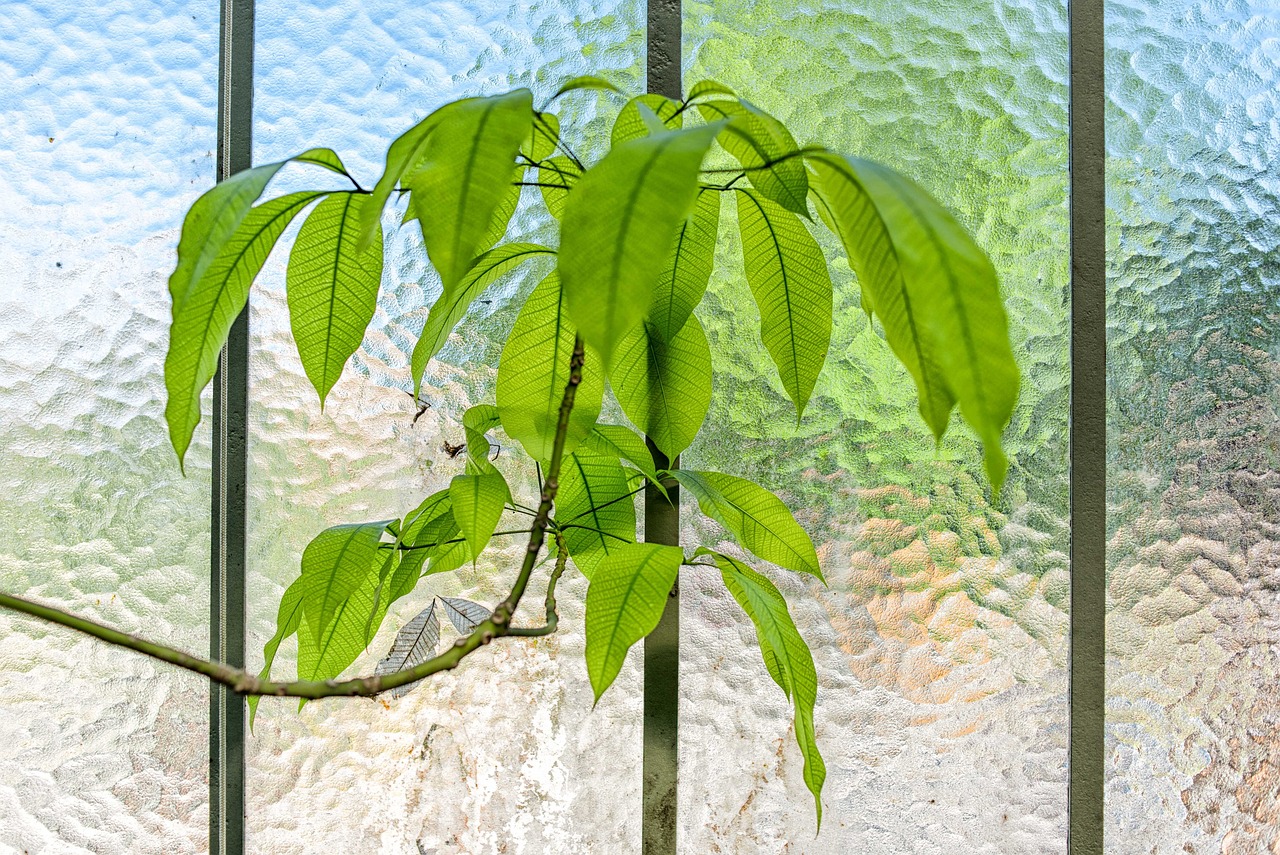
Types of Green Walls
When it comes to green walls, there’s a whole world of options that cater to different needs and aesthetics. Think of green walls as the superheroes of urban spaces, each with their own unique powers and functions. The main types include living walls, vertical gardens, and modular systems. Each type brings its own flair and functionality, making them suitable for various urban settings.
Living walls, for instance, are like the lush jungles of the city. They consist of a structural framework that supports a variety of plants, creating a vibrant and dynamic vertical garden. Imagine walking through a concrete jungle and suddenly being greeted by a burst of greenery that not only beautifies the space but also provides insulation and reduces noise pollution. These walls thrive on the concept of biodiversity, offering a habitat for various species while enhancing the aesthetic appeal of urban architecture.
On the other hand, we have modular systems, which can be likened to building blocks for grown-ups. These pre-planted panels can be easily installed and replaced, making them incredibly flexible for both residential and commercial applications. They allow for creativity and adaptability, enabling urban planners and homeowners to customize their green spaces without a hefty commitment. Whether you're looking to start small with a few panels or go big with a full wall, modular systems can cater to your green thumb.
Lastly, vertical gardens are the artists of the green wall family. They often involve a more intricate design, where a variety of plants are arranged in a way that creates stunning visual effects. These gardens can be tailored to reflect themes or even artistic expressions, turning an ordinary wall into a living canvas. Vertical gardens can be a statement piece, drawing attention and admiration from passersby while contributing to the overall ecosystem of the area.
In summary, understanding the different types of green walls is crucial for anyone looking to enhance their urban environment. Each type offers unique benefits, whether it’s the environmental advantages of living walls, the flexibility of modular systems, or the artistic potential of vertical gardens. The choice ultimately depends on the specific needs of the space, the desired aesthetic, and the environmental goals of the project.
- What are the maintenance requirements for living walls? Living walls require regular maintenance, including watering, pruning, and pest monitoring to ensure the plants remain healthy and vibrant.
- Can modular green wall systems be customized? Absolutely! Modular systems are designed for flexibility, allowing you to mix and match different plants and layouts according to your preferences.
- Do green walls help with air quality? Yes, green walls can significantly improve air quality by filtering pollutants and releasing oxygen, making urban spaces healthier for residents.
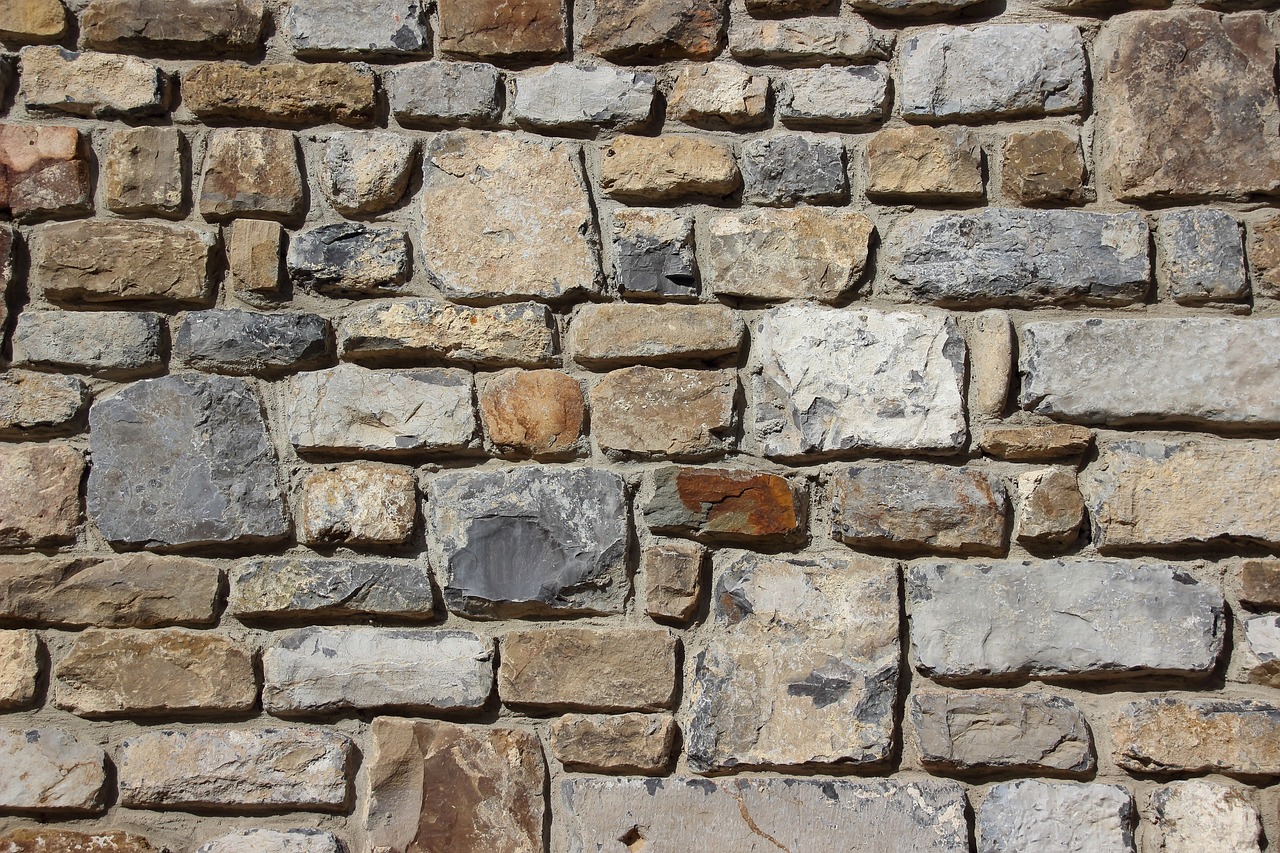
Living Walls
Living walls, often referred to as vertical gardens, are a stunning innovation in urban landscaping that not only beautify our cities but also serve a multitude of ecological and social purposes. Imagine walking down a bustling street and being greeted by a cascade of greenery climbing the walls of a building, transforming the urban jungle into a lush oasis. These walls consist of a structural framework that supports various types of plants, creating a vibrant tapestry of colors and textures that can change with the seasons. The visual impact is undeniable, but the benefits go far beyond aesthetics.
One of the most compelling advantages of living walls is their ability to provide insulation. They act as a natural buffer, keeping buildings cooler in the summer and warmer in the winter. This can lead to significant energy savings, reducing the reliance on heating and cooling systems. Moreover, living walls help to reduce noise pollution, which is particularly beneficial in densely populated areas where the hustle and bustle can become overwhelming. The plants absorb sound, creating a more serene environment for residents and businesses alike.
When considering a living wall, the selection of plants is crucial to its success. Factors such as local climate, sunlight exposure, and the specific microenvironment of the wall must be taken into account. For instance, a wall that receives full sun will require different plant species compared to one that is predominantly shaded. Native plants are often a great choice, as they are adapted to local conditions and require less maintenance. Additionally, a diverse selection of plants can enhance the wall's resilience against pests and diseases.
However, maintaining a living wall is not without its challenges. Regular upkeep is essential to ensure that the plants remain healthy and vibrant. This includes watering, which can be automated through efficient irrigation systems, as well as periodic pruning to encourage growth and prevent overcrowding. Monitoring for pests is also important; after all, a thriving living wall can attract a variety of insects, both beneficial and harmful. By staying proactive, urban dwellers can enjoy the benefits of these green installations without the stress of neglect.
In conclusion, living walls are more than just a trend; they represent a shift towards integrating nature into our urban landscapes. They not only enhance the beauty of our surroundings but also contribute to a healthier urban environment. As cities continue to expand, the implementation of living walls can play a vital role in promoting sustainability and improving the quality of life for residents. So, the next time you see a living wall, take a moment to appreciate the myriad of benefits it brings to the urban ecosystem!
- What types of plants are best for living walls? Native plants are often recommended as they adapt well to local conditions and require less maintenance.
- How do living walls help with energy efficiency? They provide insulation, reducing the need for heating and cooling, which can lead to lower energy bills.
- What maintenance do living walls require? Living walls need regular watering, pruning, and pest monitoring to thrive.
- Can living walls be installed in any location? Yes, but the choice of plants and design must consider the local climate and sunlight exposure.

Plant Selection
When it comes to creating a successful green wall, is paramount. The right plants can transform a simple vertical structure into a lush, vibrant tapestry that not only beautifies the space but also thrives in the urban environment. But how do you choose the best plants for your green wall? It's not just about aesthetics; several factors play a crucial role in the selection process.
First and foremost, consider the climate. Different plants have varying tolerances to temperature and weather conditions. For instance, if you live in a region with harsh winters, you might want to opt for hardy perennials that can withstand frost. On the other hand, warmer climates may allow for a wider variety of tropical plants. Additionally, think about the sunlight exposure your wall will receive. Is it in full sun, partial shade, or complete shade? Understanding the light conditions will help you select plants that will flourish rather than languish.
Another crucial aspect is maintenance requirements. Some plants are low-maintenance and can survive with minimal care, while others may require regular pruning and watering. If you're new to gardening or don't have much time to dedicate to upkeep, it might be wise to choose hardy species that can thrive on neglect. For instance, succulents and certain ferns are known for their resilience and can be excellent choices for beginners.
It's also essential to consider the aesthetic appeal of the plants you choose. A well-designed green wall should have a mix of colors, textures, and heights to create visual interest. Think about incorporating a variety of foliage types, such as broadleaf evergreens, flowering plants, and trailing vines. This diversity not only enhances the beauty of your green wall but also supports biodiversity by attracting pollinators like bees and butterflies.
Lastly, don’t forget about the compatibility of plants. Some species may compete for resources or have different water and nutrient needs. It's wise to group plants with similar requirements together, ensuring that each plant has the best chance to thrive. For example, you might want to pair drought-tolerant succulents with other low-water plants, while more moisture-loving species can be grouped in a shadier section of the wall.
In summary, selecting the right plants for your green wall is an art that combines knowledge of local climate, sunlight, maintenance needs, aesthetic preferences, and compatibility. By carefully considering these factors, you can create a stunning green wall that not only beautifies your space but also contributes to a healthier urban environment.
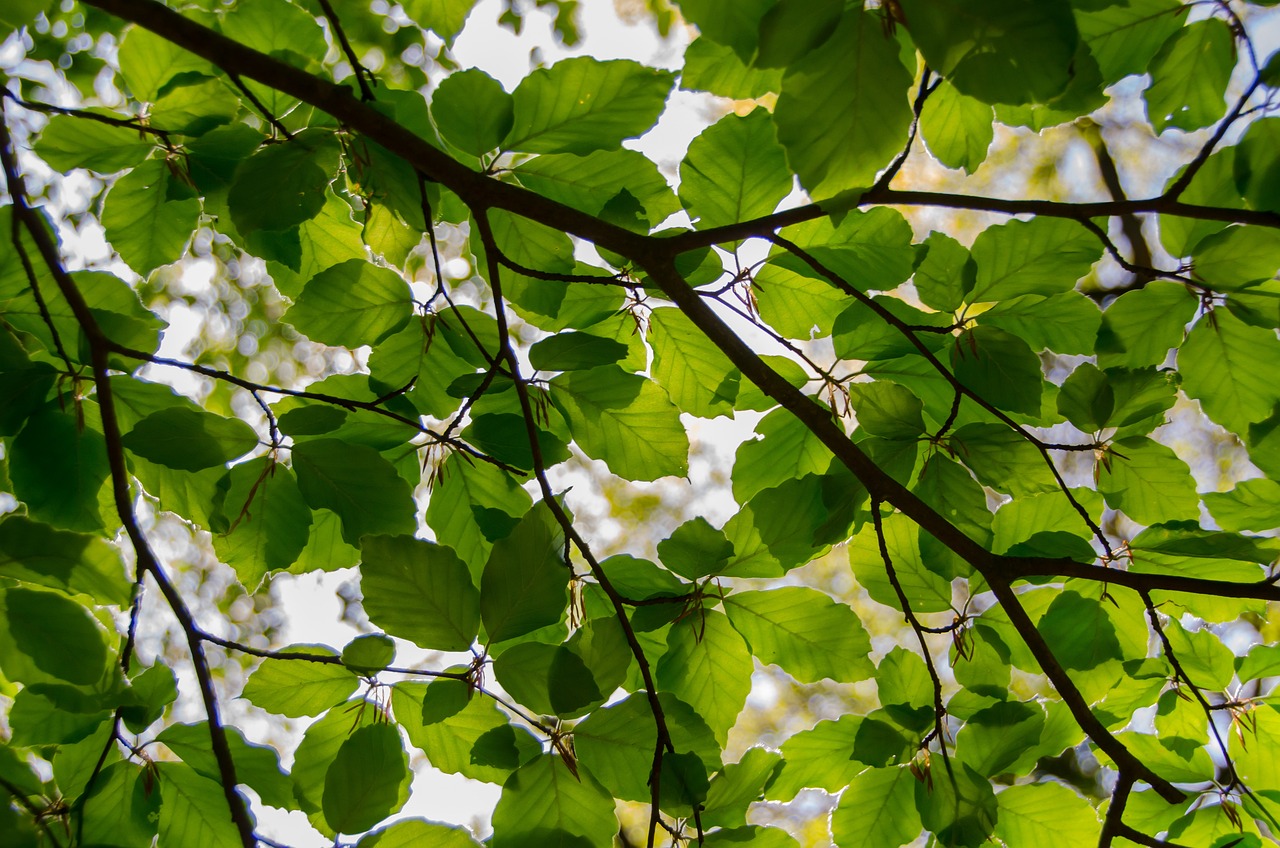
Maintenance Requirements
Maintaining a green wall is akin to caring for a small garden that’s been vertically transformed. Just like any garden, these lush vertical landscapes require regular attention to flourish. One of the primary maintenance activities is watering. Depending on the plant species and the local climate, the watering frequency can vary. In general, living walls need to be watered at least once a week, but during hotter months, this may increase to a few times a week. An automated irrigation system can be a game changer here, ensuring that the plants receive the right amount of moisture without the risk of overwatering or underwatering.
Another essential aspect of maintenance is pruning. As plants grow, they can become unruly, leading to overcrowding and reduced air circulation. Regular pruning not only keeps the plants looking neat and tidy but also encourages healthy growth. It’s similar to getting a haircut; it helps the plants stay vibrant and lively. Moreover, monitoring for pests is critical. Urban environments can attract various pests that may harm the plants. Regular checks can help identify any infestations early, allowing for prompt action to be taken.
Additionally, it’s important to consider the nutrient requirements of the plants. Using a balanced fertilizer every few months can provide essential nutrients, promoting robust growth and vibrant colors. Keep in mind that different plants have different needs; some may thrive with minimal intervention, while others may require more attention.
In summary, the maintenance of green walls involves a combination of watering, pruning, pest control, and fertilization. By dedicating time and resources to these tasks, urban dwellers can enjoy the myriad benefits that green walls offer, transforming their living spaces into verdant oases. It’s a commitment, but the rewards of a thriving green wall—improved air quality, enhanced aesthetics, and a boost to mental well-being—make it all worthwhile.
- How often should I water my green wall? The frequency can vary based on the climate and plant types, but generally, aim for once a week, increasing during hotter periods.
- What types of plants are best for green walls? Choose plants that are well-suited to your local climate and light conditions. Native plants often perform best.
- Do green walls attract pests? Yes, like any garden, green walls can attract pests. Regular monitoring and maintenance can help keep them in check.
- Can I install a green wall myself? While some modular systems are DIY-friendly, living walls may require professional installation for optimal results.
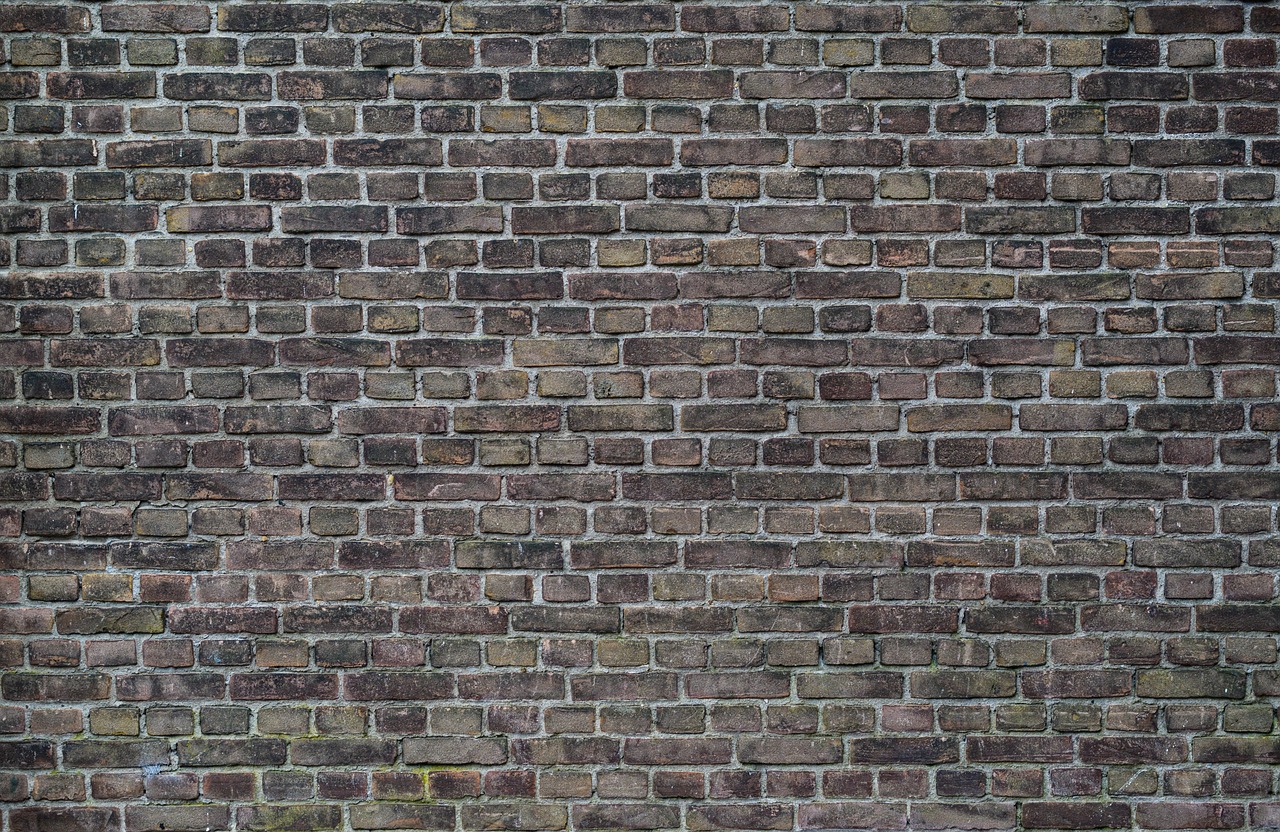
Modular Systems
Modular green wall systems are revolutionizing the way we incorporate greenery into urban spaces. Imagine walking by a sleek, modern building adorned with lush plants that seem to dance in the breeze. That’s the magic of modular systems! These innovative solutions consist of pre-planted panels that can be easily installed and replaced, making them a favorite among architects and urban planners alike. One of the key advantages of modular systems is their flexibility. They can be tailored to fit various spaces, whether it’s a cozy balcony, a bustling office building, or a grand commercial space. The beauty of these systems lies not only in their aesthetic appeal but also in their practicality.
The installation process for modular green walls is straightforward, allowing for quick implementation without the need for extensive construction work. This means that property owners can enjoy the benefits of a vibrant green wall without the hassle of a complicated setup. Additionally, these systems often come with built-in irrigation solutions, ensuring that the plants receive the right amount of water without requiring constant attention. It's like having a personal gardener, minus the hefty price tag!
When considering a modular green wall, it’s essential to think about the design and plant selection. The panels can be filled with a variety of plants, from flowering species that add bursts of color to hardy varieties that thrive in less-than-ideal conditions. This diversity not only enhances the visual appeal but also contributes to the ecological benefits that green walls provide. For instance, some plants can help filter pollutants, while others attract pollinators, fostering a mini-ecosystem right in the heart of the city.
Moreover, modular systems are particularly advantageous for those who may not have a green thumb. With the right selection of plants and a little bit of care, these systems can thrive with minimal maintenance. Regular checks for pests and occasional pruning are typically all that’s needed to keep them looking their best. This ease of maintenance makes them an attractive option for both residential and commercial applications, allowing anyone to enjoy the beauty of a green wall without the stress of constant upkeep.
In summary, modular green wall systems are not just a trend; they are a sustainable solution that bridges the gap between nature and urban living. They provide an opportunity to enhance the aesthetic appeal of buildings while simultaneously improving air quality and promoting biodiversity. As cities continue to grow and evolve, embracing these innovative systems can lead to greener, healthier urban environments.
- What are modular green walls made of? Modular green walls are typically made from lightweight materials that support plant growth, such as plastic or metal frames filled with soil and plants.
- How do I maintain a modular green wall? Maintenance involves regular watering, monitoring for pests, and occasional pruning to keep the plants healthy and vibrant.
- Can modular green walls be installed indoors? Yes, modular green walls are versatile and can be installed both indoors and outdoors, enhancing spaces with greenery.
- What types of plants work best in modular systems? The best plants depend on the climate and sunlight exposure, but options include succulents, ferns, and flowering plants that thrive in vertical gardens.
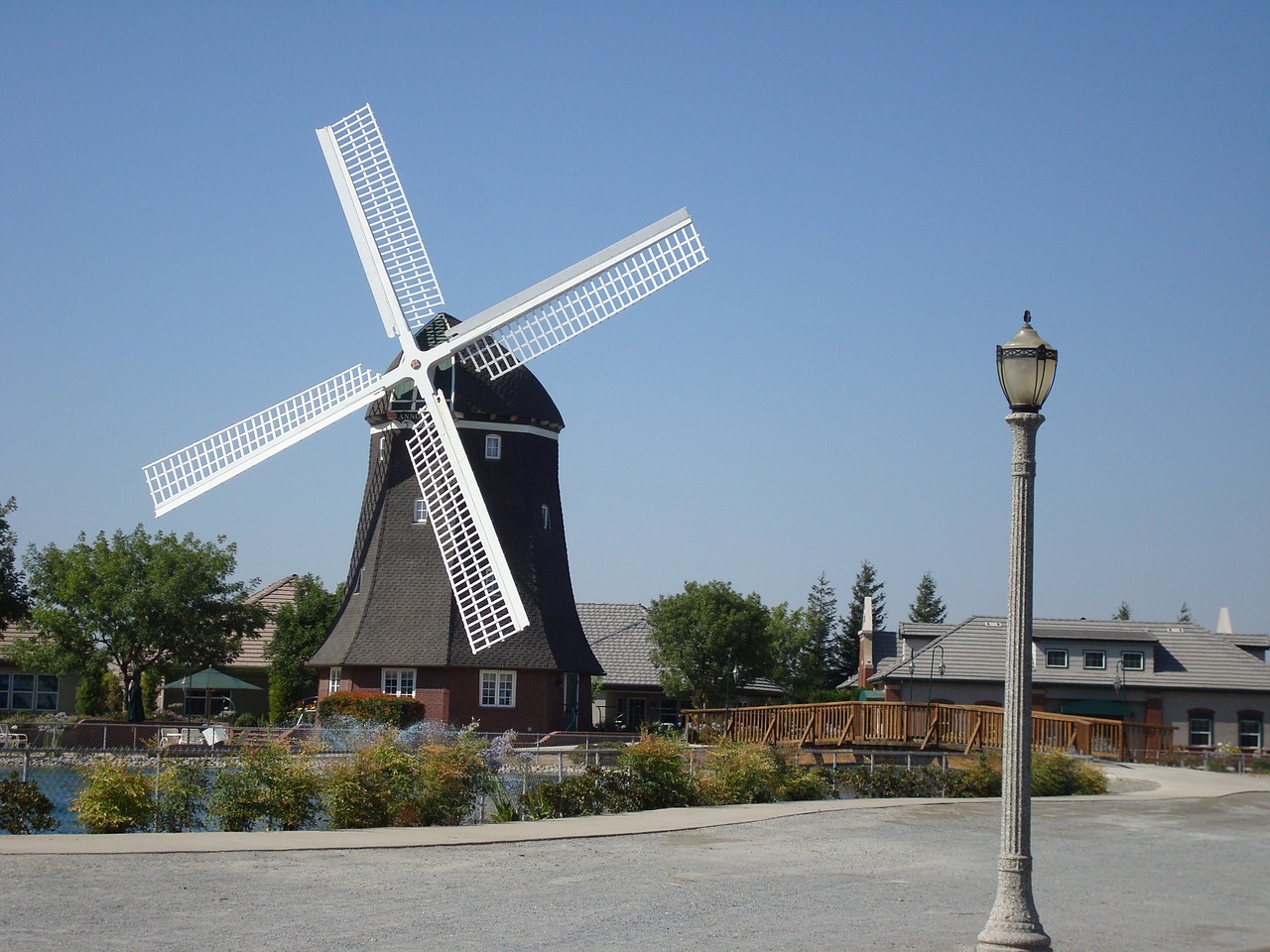
Design Considerations
When embarking on the exciting journey of designing a green wall, there are several crucial factors to consider that can make or break the success of your project. First and foremost, you need to think about the structural support required for your green wall. Just like a house needs a solid foundation, your green wall needs a strong framework to support the weight of the plants, soil, and irrigation systems. This means you must carefully assess the building’s exterior and ensure that it can handle the additional load without compromising its integrity. It's like trying to balance a stack of books; if the base isn’t sturdy, everything comes tumbling down!
Next on the list is the choice of irrigation systems. Plants are like people; they need water to thrive! An efficient irrigation system is essential for maintaining plant health in green walls. Automated systems can be a game changer, ensuring consistent watering while reducing water waste. Imagine having a smart system that knows exactly when your plants need a drink—it's like having a personal gardener at your service, 24/7. You might also want to consider drip irrigation, which delivers water directly to the roots, minimizing evaporation and runoff. This method not only conserves water but also promotes healthier plant growth.
Another vital aspect is plant compatibility. Not all plants can coexist harmoniously, especially in a vertical setup. You need to choose plants that not only thrive in the same environmental conditions but also complement each other aesthetically. For example, pairing drought-resistant succulents with lush ferns can create a stunning visual contrast while ensuring that both types of plants flourish. This is where understanding the microclimate of your green wall comes into play. Factors like sunlight exposure, wind patterns, and moisture levels will guide your plant selection process.
Moreover, it's essential to think about maintenance requirements. A beautiful green wall can quickly become a burden if it requires excessive upkeep. Consider plants that are low-maintenance and resilient. When planning your design, think about accessibility for maintenance tasks such as watering, pruning, and pest monitoring. After all, you don’t want to be scaling a ladder every week just to keep your plants healthy!
Lastly, let’s not forget about the aesthetic aspect of your green wall. This is your chance to get creative! Think about how the colors, textures, and shapes of the plants will interact with the surrounding architecture. You can create a stunning visual statement that not only enhances the beauty of your urban space but also reflects your personal style or the ethos of your community. The design of your green wall should be a conversation starter, drawing people in and making them appreciate the beauty of nature in an urban setting.
- What is a green wall? A green wall, also known as a living wall or vertical garden, is a wall that is partially or completely covered with vegetation, typically incorporating a growing medium and irrigation system.
- How do I choose the right plants for my green wall? Consider factors like climate, sunlight exposure, and the plants' water and maintenance needs to ensure compatibility.
- What are the maintenance requirements for a green wall? Regular maintenance includes watering, pruning, and monitoring for pests to keep the plants healthy and thriving.
- Can I install a green wall myself? While DIY installations are possible, it's often recommended to consult professionals for structural and irrigation considerations.
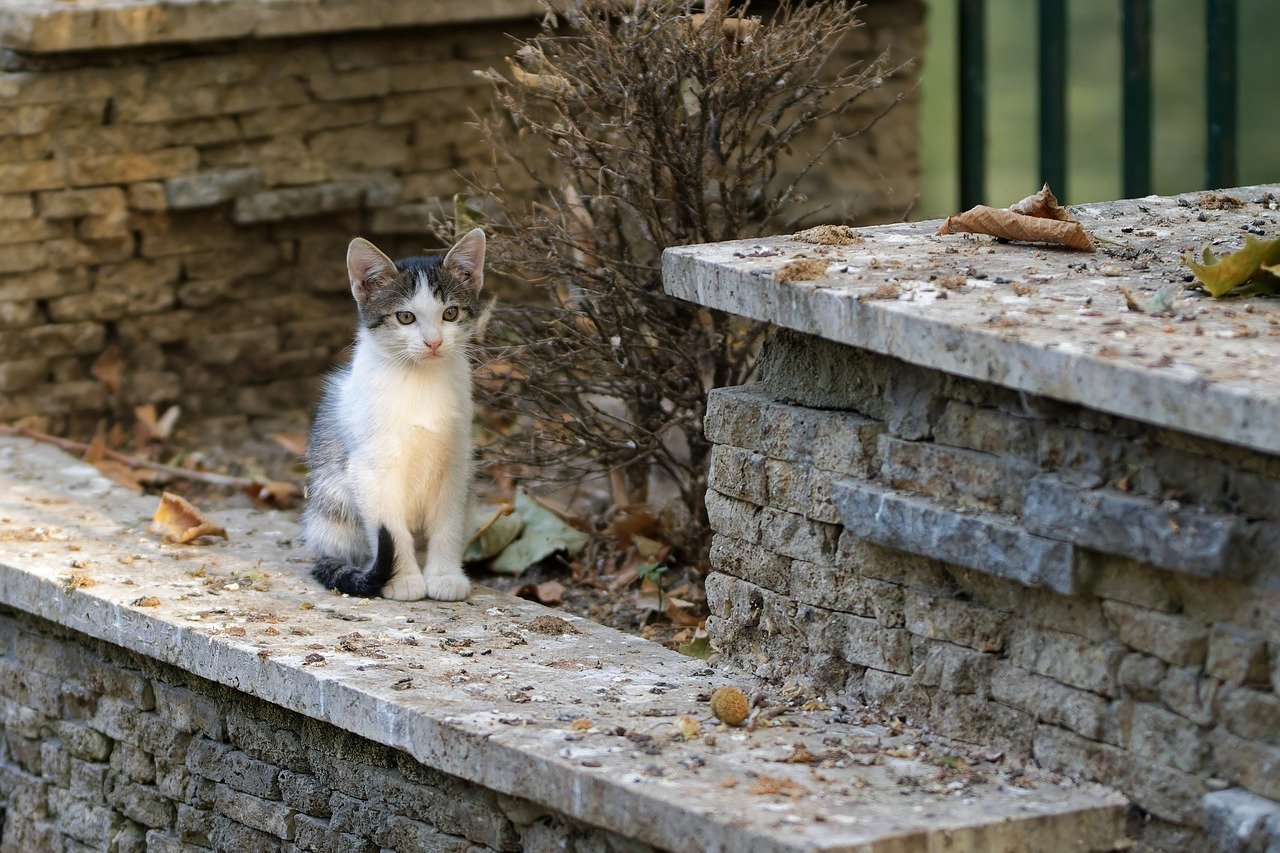
Structural Support
When it comes to installing eco-friendly green walls, is absolutely critical. Imagine trying to hang a heavy painting on a wall that isn’t reinforced; it would only be a matter of time before it comes crashing down, right? Similarly, a green wall needs a solid foundation to thrive and endure the elements. The weight of the plants, soil, and irrigation systems can add up quickly, making it essential to ensure that the wall can handle this load without compromising the building’s integrity.
Firstly, the choice of materials is vital. For instance, using lightweight yet durable materials for the framework can significantly reduce the overall load on the wall. Materials such as aluminum or specially treated wood can provide the necessary strength without adding excessive weight. Moreover, the design should incorporate proper anchoring systems that distribute weight evenly across the wall. This is akin to how a well-designed bridge distributes weight to ensure safety and stability.
Furthermore, the vertical garden must be securely attached to the building. This often involves using brackets or rails that are anchored into the wall structure. The installation should be done by professionals who understand the engineering aspects involved, ensuring that everything is up to code. It’s like building a house; every beam and support needs to be perfectly aligned to ensure that the entire structure remains standing for years to come.
Another important consideration is the weight distribution. A well-planned green wall will take into account how the weight of the plants and soil will change over time as the plants grow and mature. For example, a wall that is primarily covered in lightweight herbs may require different support than one filled with larger, heavier plants. Regular assessments should be conducted to ensure that the wall remains structurally sound as the plants develop.
In summary, the structural support of a green wall is not just a technical detail; it's a fundamental aspect that can determine the success or failure of the installation. By prioritizing strong materials, proper anchoring, and careful weight distribution, urban planners and homeowners can create stunning green walls that not only beautify their spaces but also stand the test of time.
- What materials are best for structural support in green walls? Lightweight metals like aluminum and treated wood are ideal for providing strength without excessive weight.
- How do I know if my building can support a green wall? Consult with a structural engineer to assess the building's integrity and ensure it can handle the added weight.
- What maintenance is required for the structural components of a green wall? Regular inspections should be conducted to check for signs of wear or damage in the anchoring and support systems.
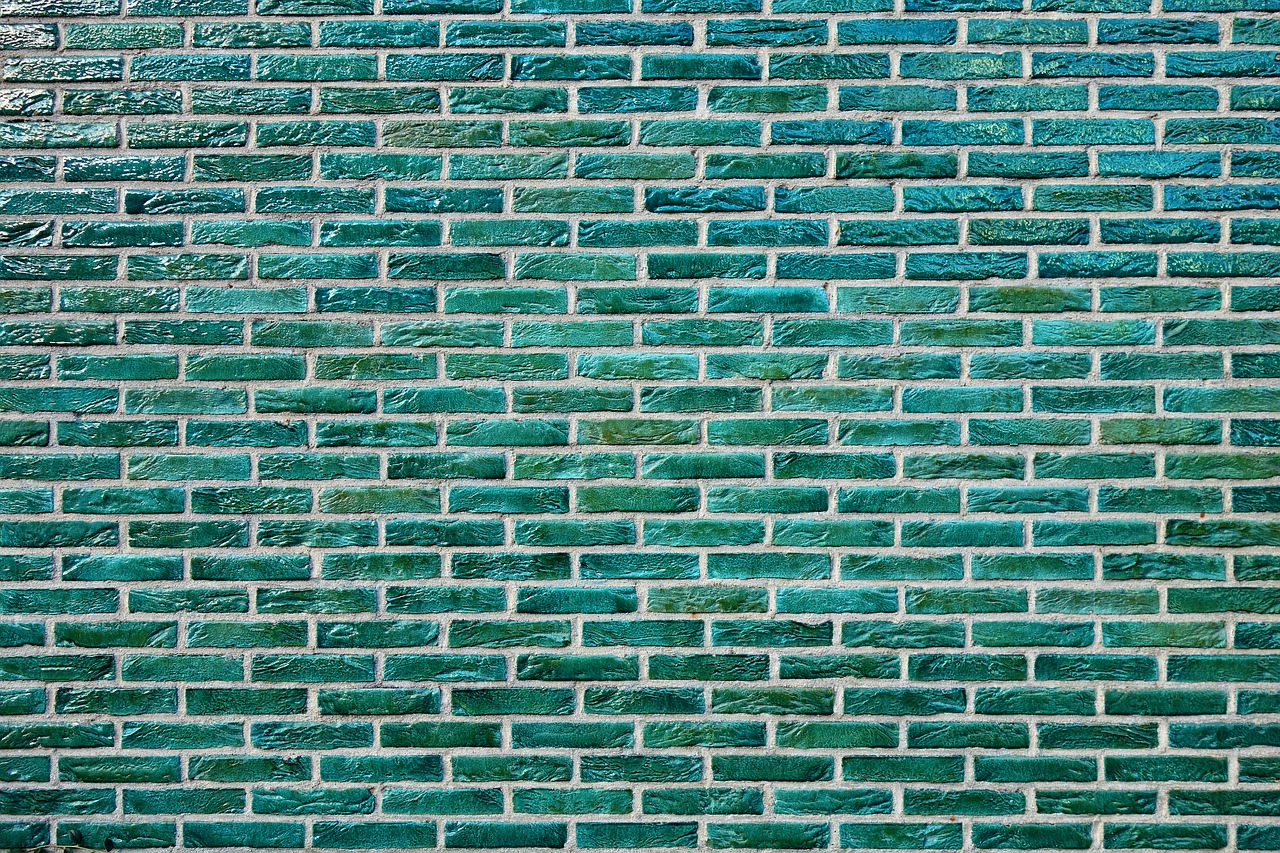
Irrigation Systems
When it comes to maintaining the lush beauty of green walls, an efficient irrigation system is absolutely essential. Imagine trying to keep a garden alive with a watering can; it might work for a small patch, but for vertical gardens that stretch skyward, a more sophisticated approach is necessary. These systems not only ensure that plants receive the right amount of water but also help in conserving this precious resource.
There are various types of irrigation systems that can be employed in green walls, each with its own set of advantages. For instance, drip irrigation is one of the most popular choices due to its efficiency. It delivers water directly to the roots of the plants, minimizing evaporation and runoff. This method is particularly beneficial in urban settings where water conservation is a top priority.
Another option is the sprinkler system, which can cover larger areas but may lead to some water wastage due to evaporation or overspray. However, modern advancements have led to the development of smart irrigation systems that use sensors to monitor soil moisture levels. These systems can automatically adjust watering schedules based on the plants’ needs, ensuring they receive just the right amount of hydration.
In addition to choosing the right type of irrigation, the design of the system is crucial. Factors such as water pressure, plant types, and the overall layout of the green wall must be considered. For example, taller walls may require multiple zones to ensure that water reaches the upper plants effectively. It’s also essential to incorporate a reliable drainage system to prevent waterlogging, which can damage plant roots.
To visualize the different irrigation options, here’s a simple comparison table:
| Type of Irrigation | Advantages | Disadvantages |
|---|---|---|
| Drip Irrigation | Water-efficient, targets roots directly | Initial setup cost can be high |
| Sprinkler System | Covers large areas, easy to install | Can waste water, uneven distribution |
| Smart Irrigation | Automated, conserves water | Requires technology and maintenance |
Ultimately, the key to a thriving green wall lies in its irrigation system. Properly designed and maintained, these systems can transform an urban space into a vibrant oasis, providing not just beauty but also a sustainable environment for the plants and the community. So, whether you are a homeowner looking to enhance your property or a city planner aiming to green your urban landscape, investing in a robust irrigation system is a step toward a healthier, greener future.
- What is the best irrigation system for a green wall? The best system often depends on the specific plants used and the wall's design, but drip irrigation is generally the most efficient.
- How often should I water my green wall? This varies based on plant types and weather conditions; monitoring soil moisture is key.
- Can I install an irrigation system myself? While DIY installations are possible, consulting with a professional can ensure optimal design and efficiency.
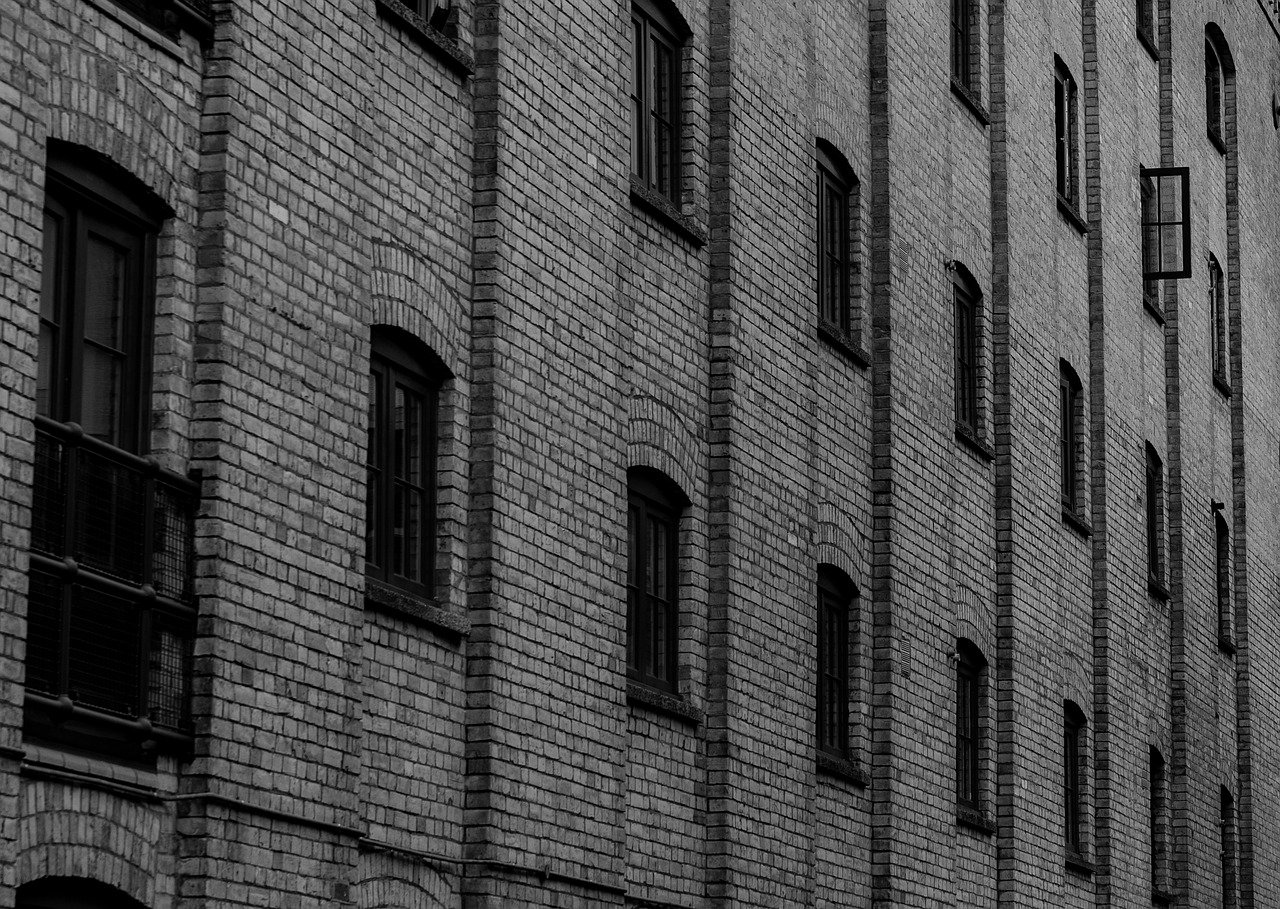
Environmental Impact
The introduction of eco-friendly green walls into urban landscapes is more than just a design trend; it's a transformative movement that significantly impacts our environment. These vertical gardens act as living organisms, breathing life into concrete jungles. By integrating plants into our urban architecture, we can combat some of the most pressing environmental issues faced by cities today.
One of the most critical benefits of green walls is their ability to enhance biodiversity. Urban areas often struggle with a lack of natural habitats for wildlife. Green walls provide essential green spaces that attract various species, from birds to beneficial insects, creating micro-ecosystems that thrive in otherwise inhospitable environments. This biodiversity is crucial for maintaining ecological balance and promoting a healthier urban ecosystem.
Furthermore, green walls play a significant role in mitigating the urban heat island effect. Cities tend to absorb and retain heat due to their extensive use of concrete and asphalt. Green walls help to cool the air through the process of evapotranspiration, where plants release moisture into the atmosphere. This cooling effect can lower surrounding temperatures, reducing the need for air conditioning in nearby buildings, which ultimately leads to energy savings and a decrease in greenhouse gas emissions.
Another notable environmental impact of green walls is their ability to improve air quality. Plants naturally filter pollutants from the air, absorbing harmful gases and releasing oxygen. In densely populated urban areas, this is particularly beneficial, as it helps to combat air pollution and provides cleaner air for residents. Studies have shown that green walls can reduce particulate matter and other air pollutants, making cities healthier places to live.
To illustrate the tangible benefits of green walls, consider the following table that summarizes their environmental impacts:
| Environmental Benefit | Description |
|---|---|
| Biodiversity Enhancement | Provides habitats for various species, promoting ecological balance. |
| Urban Heat Island Mitigation | Cools surrounding areas through evapotranspiration, reducing heat absorption. |
| Air Quality Improvement | Filters pollutants and increases oxygen levels, contributing to healthier air. |
| Stormwater Management | Absorbs rainwater, reducing runoff and preventing urban flooding. |
Moreover, green walls contribute to effective stormwater management. By absorbing rainwater, they help to reduce surface runoff, which can lead to urban flooding and the pollution of waterways. This natural filtration system allows rainwater to be absorbed and utilized by plants, thus minimizing the strain on urban drainage systems and promoting sustainable water management practices.
In essence, the environmental impact of green walls extends far beyond aesthetics. They represent a vital solution to some of the most pressing challenges faced by urban areas today. By incorporating these living structures into our cities, we can foster a more sustainable, biodiverse, and healthier environment for future generations.
- What are green walls? Green walls are vertical gardens that integrate plants into building structures, improving aesthetics and environmental quality.
- How do green walls improve air quality? They filter pollutants from the air and release oxygen, contributing to cleaner air in urban settings.
- Can green walls help with stormwater management? Yes, they absorb rainwater, reducing runoff and helping to prevent urban flooding.
- What types of plants are best for green walls? The best plants depend on the climate, sunlight, and maintenance requirements, but native species are often recommended for their resilience.
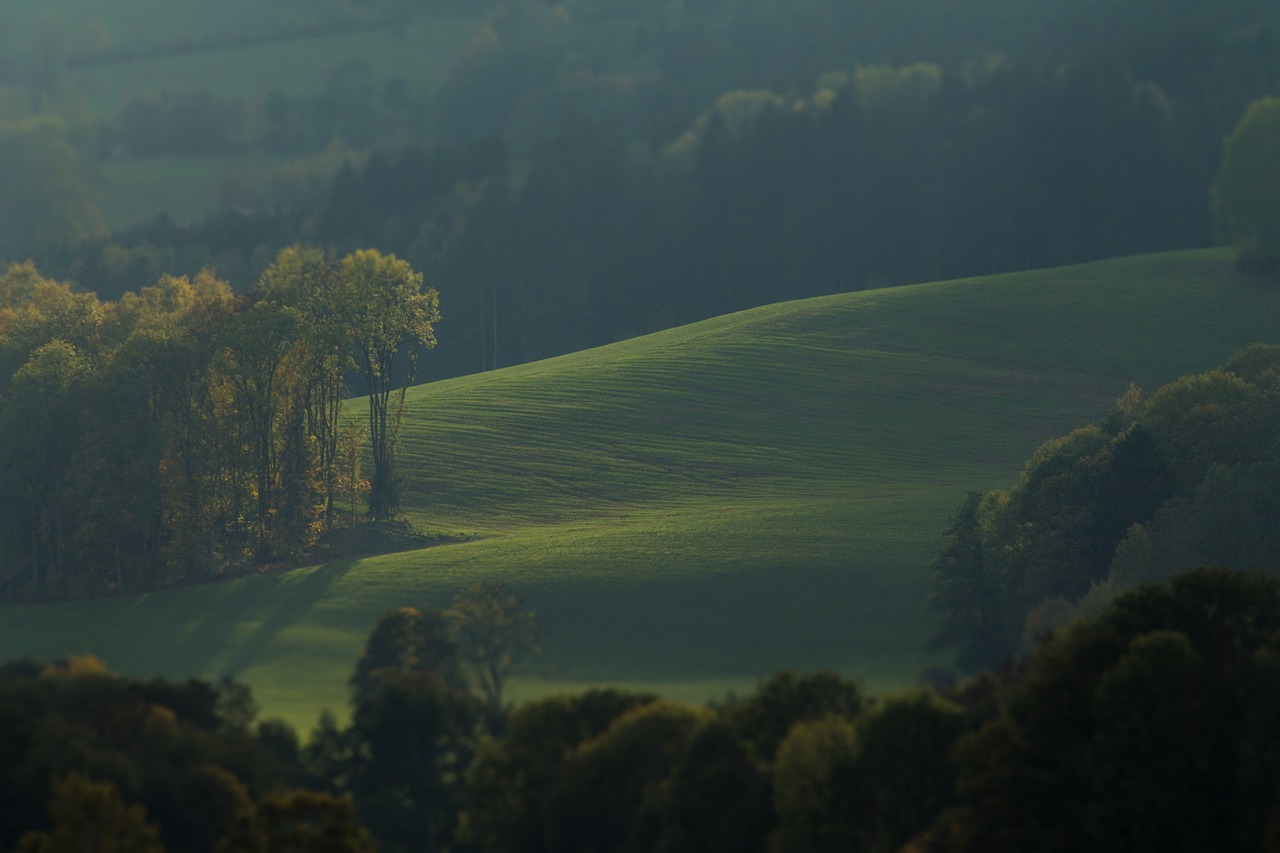
Case Studies
Examining successful green wall projects around the globe reveals not only the aesthetic and environmental benefits of these installations but also the innovative approaches taken to integrate nature into urban settings. One exemplary case is the One Central Park in Sydney, Australia. This remarkable project features a stunning vertical garden designed by the renowned botanist Patrick Blanc. The green walls here not only beautify the building but also significantly improve air quality and reduce the urban heat island effect. Residents enjoy a vibrant view of lush greenery that transforms the concrete jungle into a more livable space.
Another inspiring project is the Green Wall at the CaixaForum in Madrid, Spain. This installation stands as a testament to the potential of green walls in urban architecture. The wall spans an impressive 460 square meters and is home to over 15,000 plants from various species. This project has become a local landmark, attracting visitors while providing a habitat for urban wildlife. The innovative irrigation system used here ensures that the plants thrive, even in the city’s hot summers.
In North America, the Living Wall at the Vancouver Convention Centre showcases a different approach. This green wall not only serves an aesthetic purpose but also plays a crucial role in the building's energy efficiency. The wall acts as insulation, reducing heating and cooling costs. Moreover, it features a variety of native plants, promoting local biodiversity and demonstrating the importance of using indigenous species in urban landscaping.
To further illustrate the impact of these green walls, let’s take a look at a comparison of some key features from these case studies:
| Project | Location | Size (sq. meters) | Plant Species | Key Benefits |
|---|---|---|---|---|
| One Central Park | Sydney, Australia | Varies | Various | Improved air quality, aesthetic appeal |
| CaixaForum | Madrid, Spain | 460 | 15,000 | Urban wildlife habitat, landmark attraction |
| Vancouver Convention Centre | Vancouver, Canada | Varies | Native species | Energy efficiency, biodiversity promotion |
These case studies not only highlight the incredible diversity of green wall projects but also serve as a source of inspiration for future urban developments. By integrating nature into our cities, we can create healthier, more sustainable environments that benefit both residents and wildlife.
Q: What are the maintenance requirements for green walls?
A: Regular maintenance includes watering, pruning, and monitoring for pests. Automated irrigation systems can help reduce the maintenance burden.
Q: Can green walls improve air quality?
A: Yes, green walls can significantly improve air quality by filtering pollutants and releasing oxygen, making urban environments healthier.
Q: Are there specific plants that work best for green walls?
A: The best plants depend on the local climate, sunlight availability, and maintenance capabilities. Native species are often recommended for their adaptability.
Q: How do green walls contribute to energy savings?
A: Green walls provide insulation, reducing the need for heating and cooling, which can lead to lower energy costs for buildings.

Successful Projects
When it comes to the implementation of eco-friendly green walls, several cities around the globe have set remarkable examples that not only enhance the aesthetics of urban spaces but also contribute significantly to sustainability. For instance, the iconic One Central Park in Sydney, Australia, features a stunning vertical garden designed by renowned architect Frank Gehry and landscape architect Graham Ross. This project showcases a lush green facade that not only beautifies the building but also acts as a natural air filter, improving the overall air quality in the area.
Another notable example is the Bosco Verticale (Vertical Forest) in Milan, Italy. This innovative residential complex consists of two towers adorned with over 9,000 trees and 20,000 plants. These green walls do more than just look good; they help combat air pollution, reduce energy consumption by providing natural insulation, and create a habitat for various bird species. The success of Bosco Verticale has inspired similar projects across Europe and beyond, proving that integrating nature into urban architecture is not just a dream but a viable reality.
Moreover, in the heart of Paris, the Mur Végétal (Vegetal Wall) by artist Patrick Blanc has become a symbol of urban greening. Located on the side of a building, this living wall is a vibrant tapestry of plants that changes with the seasons, drawing attention from both residents and tourists. The project emphasizes the importance of biodiversity in urban settings and serves as a reminder of nature's resilience.
To better understand the impact of these projects, let's take a look at some key statistics:
| Project Name | Location | Number of Plants | Environmental Benefits |
|---|---|---|---|
| One Central Park | Sydney, Australia | 75,000 | Improved air quality, reduced heat |
| Bosco Verticale | Milan, Italy | 9,000 trees, 20,000 plants | Air purification, energy savings |
| Mur Végétal | Paris, France | Various species | Biodiversity enhancement |
These projects not only highlight the aesthetic and environmental benefits of green walls but also demonstrate how they can foster a sense of community. When local residents see these installations, they often feel a sense of pride and connection to their environment. It's like bringing a piece of nature right into the concrete jungle, allowing people to reconnect with the earth in a meaningful way.
In conclusion, successful green wall projects serve as powerful reminders of what is possible when we prioritize sustainability and aesthetics in urban design. They inspire future initiatives that can lead to healthier, more vibrant cities. As we continue to face the challenges of urbanization and climate change, the lessons learned from these projects will be invaluable in shaping the future of our urban landscapes.
- What are green walls? Green walls, also known as vertical gardens or living walls, are structures that support plant growth vertically, enhancing urban spaces with greenery.
- How do green walls benefit urban environments? They improve air quality, reduce heat, promote biodiversity, and enhance the aesthetic appeal of buildings.
- Are green walls difficult to maintain? While maintenance is required, choosing the right plants and an efficient irrigation system can make upkeep manageable.
- Can anyone install a green wall? Yes, with proper planning and design, green walls can be installed in residential and commercial spaces alike.

Community Engagement
Community engagement plays a pivotal role in the success of eco-friendly green walls in urban spaces. When local residents are involved in the design, implementation, and maintenance of these green structures, they foster a deeper connection to their environment. This sense of ownership not only enhances the aesthetic appeal of the neighborhood but also promotes a collective responsibility towards sustainability. Imagine walking down a street adorned with lush, vibrant greenery, where every plant has a story, each leaf a testament to the community's hard work and dedication.
One of the most effective ways to engage the community is through workshops and educational programs. These initiatives can inform residents about the benefits of green walls and provide hands-on experience in planting and maintaining them. Furthermore, by involving schools and local organizations, we can cultivate a culture of environmental stewardship among younger generations. For instance, children participating in planting activities not only learn about biodiversity but also develop a sense of pride in their community’s green initiatives.
Moreover, local businesses can play a significant role in this engagement. By sponsoring green walls or providing resources for their maintenance, businesses can not only enhance their corporate social responsibility profile but also attract customers who value sustainability. This collaboration can lead to a win-win situation: businesses gain positive publicity while communities benefit from greener spaces. The synergy created through these partnerships can transform neighborhoods, making them more vibrant and livable.
To illustrate the impact of community engagement, consider the following table that highlights the benefits of involving local residents in green wall projects:
| Benefit | Description |
|---|---|
| Increased Ownership | Residents feel a personal connection to the green wall, fostering pride and responsibility. |
| Enhanced Education | Workshops and programs educate the community about sustainability, biodiversity, and plant care. |
| Stronger Community Bonds | Collaborative efforts in maintaining green walls can strengthen relationships among neighbors. |
| Support for Local Businesses | Local businesses can engage with the community, enhancing their visibility and reputation. |
In conclusion, community engagement is not just a supplementary aspect of implementing green walls; it is a vital component that can determine the success of these projects. By nurturing a collaborative spirit, cities can transform their urban landscapes into thriving ecosystems that benefit both residents and the environment. So, the next time you walk past a green wall, think about the community behind it—the hands that planted it, the minds that designed it, and the hearts that nurture it. Together, we can create greener, healthier urban spaces.
Frequently Asked Questions
- What are eco-friendly green walls?
Eco-friendly green walls, also known as living walls or vertical gardens, are structures covered with plants that provide numerous environmental benefits. They help improve air quality, reduce urban heat, and create beautiful green spaces in dense urban areas.
- How do green walls improve air quality?
Green walls enhance air quality by absorbing carbon dioxide and releasing oxygen. The plants also filter pollutants and particulate matter, making the surrounding air cleaner and healthier for urban residents.
- What types of plants are suitable for green walls?
The choice of plants for green walls depends on several factors, including climate, sunlight exposure, and maintenance needs. Common choices include ferns, succulents, and flowering plants that thrive in vertical environments.
- How do I maintain a green wall?
Maintenance of green walls involves regular watering, pruning, and pest monitoring. Automated irrigation systems can help simplify watering, while periodic inspections ensure the plants remain healthy and vibrant.
- What are modular green wall systems?
Modular green wall systems consist of pre-planted panels that can be easily installed and replaced. They offer versatility and are suitable for both residential and commercial spaces, making them a popular choice for urban environments.
- Can green walls help with noise reduction?
Yes! Green walls act as natural sound barriers, absorbing and deflecting noise. This is particularly beneficial in bustling urban areas where noise pollution can be a significant issue.
- What are the environmental impacts of green walls?
Green walls contribute positively to urban ecosystems by promoting biodiversity, reducing the urban heat island effect, and improving overall environmental quality. They create habitats for various species and enhance the aesthetic appeal of cities.
- How can communities get involved with green wall projects?
Local communities can engage in green wall projects by participating in design discussions, helping with maintenance, or even volunteering to plant and care for the green walls. This involvement fosters a sense of ownership and encourages environmental stewardship.
- Are green walls cost-effective?
While the initial installation of green walls can be costly, they offer long-term savings through energy efficiency, improved property value, and reduced maintenance costs. They can also lead to lower healthcare costs by improving community health.
- Where can I find examples of successful green wall projects?
Successful green wall projects can be found in various cities around the world. Researching case studies and visiting local installations can provide inspiration and insights into best practices for integrating green walls into urban architecture.



















